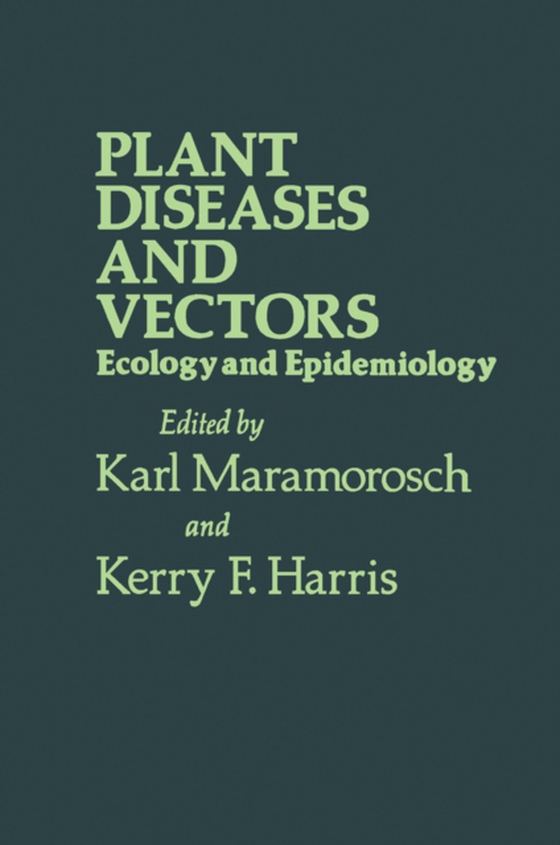
Plant Diseases and Vectors: Ecology and Epidemiology e-bog
436,85 DKK
(inkl. moms 546,06 DKK)
Plant Diseases and Vectors: Ecology and Epidemiology is the fourth in a five-volume series of books on vectors of plant disease agents. It is comprised of 10 chapters representing the expertise of 13 outstanding scientists from a total of seven different countries. This book begins with a discussion on the ecological involvement of wild plants in plant virus pathosystems. This is followed by t...
E-bog
436,85 DKK
Forlag
Academic Press
Udgivet
2 december 2012
Længde
380 sider
Genrer
Botany and plant sciences
Sprog
English
Format
pdf
Beskyttelse
LCP
ISBN
9780323153201
Plant Diseases and Vectors: Ecology and Epidemiology is the fourth in a five-volume series of books on vectors of plant disease agents. It is comprised of 10 chapters representing the expertise of 13 outstanding scientists from a total of seven different countries. This book begins with a discussion on the ecological involvement of wild plants in plant virus pathosystems. This is followed by the principles and applications of enzyme-linked immunosorbent assay (ELISA) in diagnosing plant viruses and monitoring their movement in the environment. The next two chapters detail the epidemiologies of diseases caused by leafhopper-borne viruses, mollicutes, and rickettsia-like organisms. This book also covers the developments in understanding the importance of helper agents to the transmission ecologies of many aphid-borne plant viruses. It also encompasses the factors that can contribute to the epidemiology and control of a disease affecting a major agricultural crop of the world. A vector of plant viruses not covered in earlier volumes of the series (the host plant, itself) and the man-made epidemiological hazards in major crops of developing countries are also described. This volume will broaden the knowledge of transmission ecology and disease epidemiology, not only by serving as a valuable supplemental textbook, reference work, and bibliographical source, but also by catalyzing novel syntheses of thinking and stimulating further research in the area.
 Dansk
Dansk

